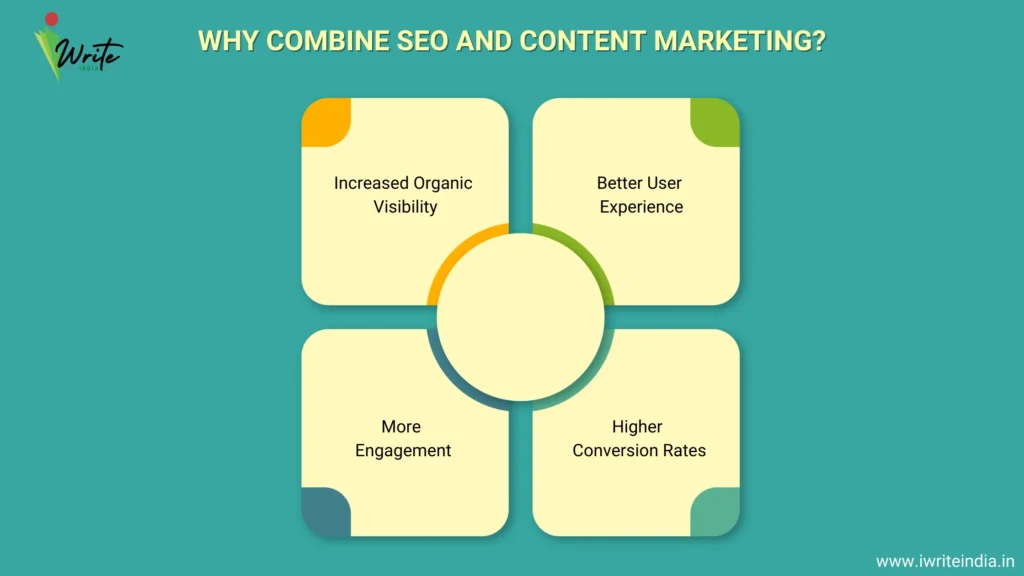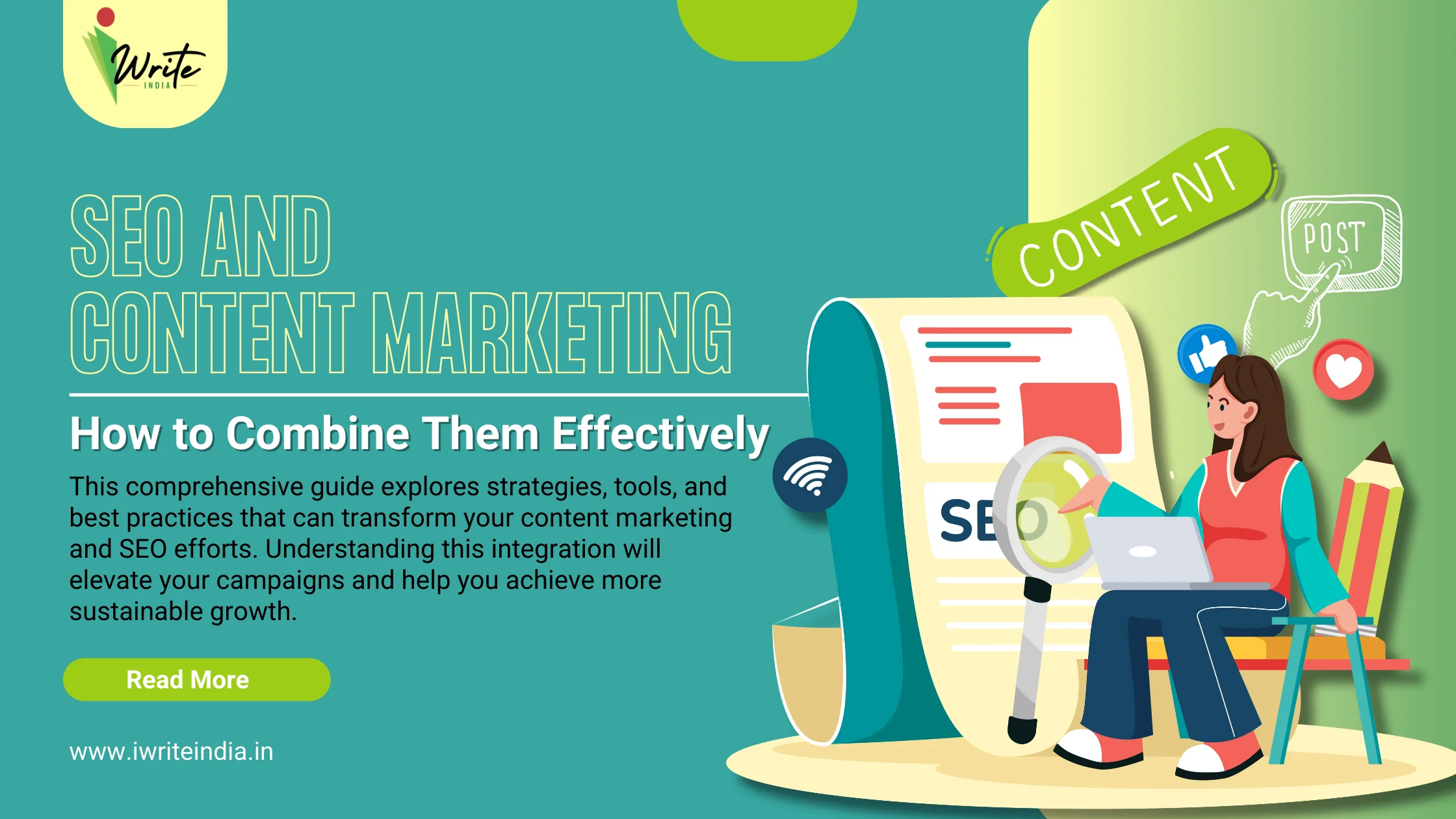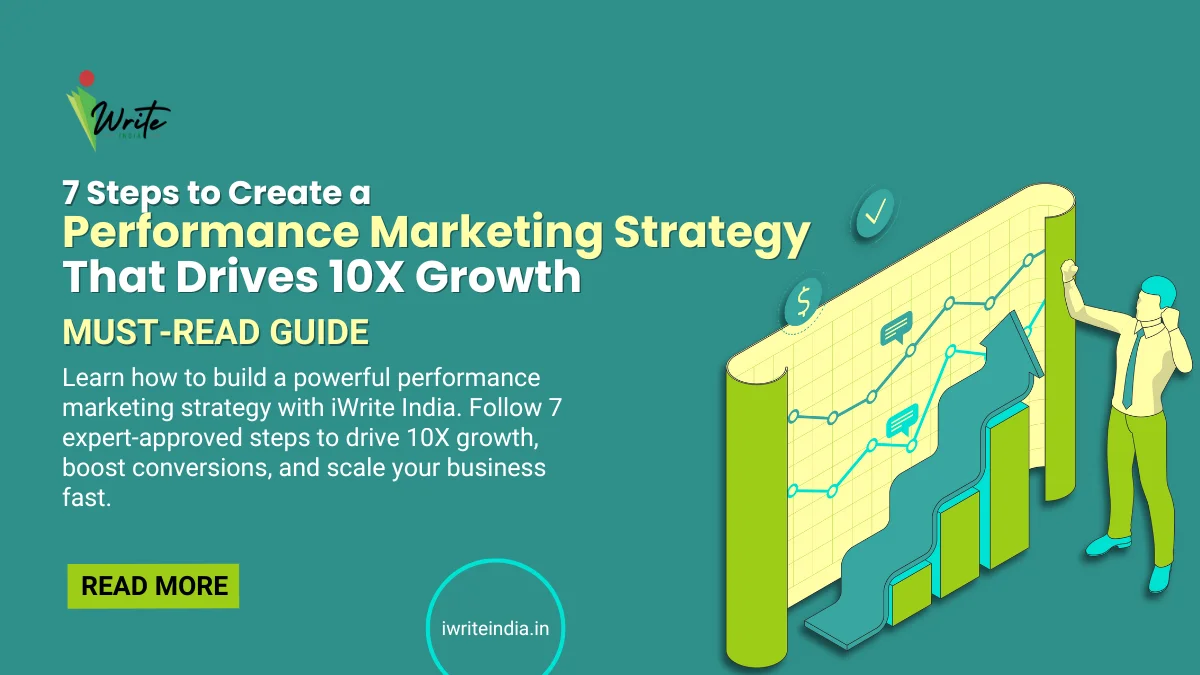We are moving out of 2024, and the relationship between content marketing and SEO is no longer optional—it’s essential. Effective content marketing for SEO not only enhances search visibility but also engages your audience, builds authority, and drives conversions. But how do you blend SEO and content marketing in a way that produces tangible results?
This comprehensive guide explores strategies, tools, and best practices that can transform your content marketing and SEO efforts. Whether you are a digital marketer, content creator, or content writing agency in Delhi, understanding this integration will elevate your campaigns and help you achieve more sustainable growth.
What is Content Marketing for SEO?
Content marketing for SEO is the practice of using well-crafted, valuable content to enhance your website’s visibility on search engines. The primary objective is to create content that addresses the needs of your target audience while incorporating SEO principles, such as keyword optimisation, internal linking, and user-friendly formatting.
- Content Marketing focuses on creating and distributing valuable, relevant, and consistent content to attract and engage a defined audience.
- SEO (Search Engine Optimization) involves optimising content, pages, and websites to rank higher on search engine results pages (SERPs).
By merging these two powerful tactics, you create a strategic approach that boosts your online presence, generates organic traffic, and increases conversions.
Why Combine SEO and Content Marketing?

The synergy between SEO and content marketing offers significant advantages:
- Increased Organic Visibility: Quality content, optimised with the right keywords, improves your rankings.
- Better User Experience: SEO techniques like internal linking, mobile optimisation, and clear headings enhance usability.
- More Engagement: By delivering relevant, high-quality content, you establish trust and encourage longer website visits.
- Higher Conversion Rates: As users find answers to their queries, they’re more likely to convert into leads or customers.
How to Incorporate Content Marketing for SEO: A Step-by-Step Guide?

1. Conduct Thorough Keyword Research
Keywords are the foundation of SEO and content marketing. Identify a mix of primary and secondary keywords, focusing on user intent, search volume, and competition.
- Use tools like Google Keyword Planner, SEMrush, or Ahrefs to identify keywords.
- Include long-tail keywords that reflect specific user queries, as these drive more qualified traffic.
2. Create High-Quality, Relevant Content
Content is king, and quality is its crown. Your content should not just rank but also educate, inform, and engage the audience.
- Types of Content: Consider blogs, guides, how-to articles, case studies, and infographics.
- Content Format: Use a variety of formats like bullet points, lists, headings, and images to make content scannable and digestible.
3. Optimise On-Page Elements
On-page optimisation plays a crucial role in SEO content marketing.
- Titles and Meta Descriptions: Ensure titles are compelling, and meta descriptions are concise, reflecting the essence of the content.
- Header Tags (H1, H2, H3): Use headers strategically to structure the content, making it easy for both readers and search engines to understand the flow.
- Alt Text for Images: Optimise images with relevant alt text, incorporating keywords where appropriate.
4. Prioritise User Intent
User intent is central to combining content marketing and SEO effectively. Understand whether users are looking for information, solutions, or specific products, and tailor your content accordingly.
- Informational Intent: Create guides, FAQs, and how-tos.
- Transactional Intent: Develop product pages and reviews.
- Navigational Intent: Ensure your content helps users find their way to specific pages or information on your site.
5. Update Existing Content
Revamping existing content can be just as impactful as creating new content. Update old blog posts with the latest statistics, add new insights, and optimise them for current keywords to maintain freshness and relevance.
- Statistics Update: Update the content regularly with the latest data.
- Content Refresh: Refresh old blog posts with new sections, updated keywords, and engaging visuals.
6. Focus on Link Building
Backlinks are crucial to any SEO strategy. Create content that is not just shareable but also valuable enough to earn links from reputable sites.
- Guest Posting: Write guest posts for industry blogs.
- Internal Linking: Strategically place internal links to guide readers to other relevant pages on your site.
7. Utilise Analytics to Monitor Performance
Regularly review analytics to measure the performance of your content marketing efforts. Focus on key metrics like:
- Monitor the growth in visits from organic traffic.
- Bounce Rate: Analyse pages with high bounce rates and update content accordingly.
- Conversion Rate: Monitor how many users are converting after reading your content.
8. Leverage Content Distribution Channels
Creating content is only half the battle. Distribute it effectively across various platforms to maximise reach.
- Social Media: Share content on platforms like LinkedIn, Facebook, and Instagram to increase visibility.
- Email Marketing: Use newsletters to deliver content directly to your audience’s inboxes.
Latest Statistics Supporting SEO and Content Marketing Integration
- Content marketing costs 62% less than traditional marketing but generates 3 times as many leads.
- Nearly half of all buyers (47%) review between three to five pieces of content before reaching out to a sales representative.
- Pages with blogs have 434% more indexed pages than those without.
- Websites that publish consistent, high-quality content receive 8 times more traffic.
Best Practices for SEO-Driven Content Creation
- Prioritise User Intent: Understand whether users are searching for information, navigation, or transaction. Tailor content accordingly.
- Focus on E-A-T (Expertise, Authoritativeness, Trustworthiness): Establish credibility by providing accurate, detailed, and well-sourced content.
- Use Visuals Wisely: Optimise images with alt text and compress them to improve load times.
- Keep It Mobile-Friendly: Ensure your website and content are optimised for mobile users.
- Write in the Active Voice: Active voice is more engaging and helps retain readers’ attention.
Quick Guide

Combining SEO and content marketing effectively involves creating high-quality, keyword-rich content that aligns with user intent. Use internal linking, optimise for mobile, and focus on E-A-T principles to drive better rankings and engagement.
Ready to elevate your digital presence through a perfect blend of content marketing for SEO? Partner with iWrite India, a leading content writing agency in Delhi, to craft SEO-driven content that ranks high, engages deeply, and converts effectively. Visit iWrite India today to get started!
FAQs
1. How can I improve my website’s SEO using content marketing?
To boost your website’s SEO, create content that answers user queries, use primary and secondary keywords naturally, incorporate internal links, and ensure the content is mobile-friendly.
2. What are the common challenges of integrating SEO with content marketing?
Common challenges include finding the right balance between creativity and optimisation, ensuring keyword relevancy, and keeping up with Google’s algorithm changes.
3. How does user intent impact content marketing for SEO?
User intent helps you understand what users are looking for. By addressing user needs through tailored content, you can improve engagement and drive conversions.
4. Why is keyword research important in content marketing for SEO?
Keyword research identifies the terms your target audience uses to search for information. It helps you create relevant content that ranks higher on SERPs.
5. Can content marketing be effective without SEO?
While content marketing can still engage users without SEO, it may not reach its full potential in terms of visibility, traffic, or conversions.





